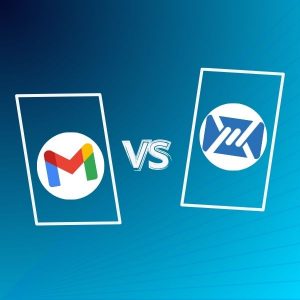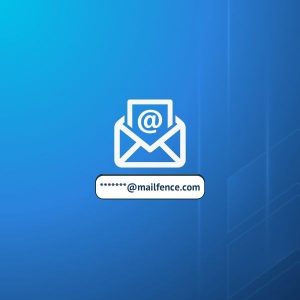Email greetings are your first opportunity to make a good impression on somebody.
Did you know that making a great first impression when you meet someone takes only 7 seconds?
That’s why starting with the right email greeting is crucial. In this guide, we’ll explore:
- What email greetings are
- How to decide which type of email greeting to use
- The best email greetings for every situation
Let’s go ahead and get started.
Sign up to the Mailfence Newsletter!
Stay up-to-date with the latest news in the world of online privacy and cybersecurity
What are Email Greetings?
First things first: what is an email greeting?
Email greetings are the equivalent of saying “Hello” to someone in real life. It’s the opening line of the email, and it sets the tone for your message. It can also determine whether your email gets read or dumped in the bin.

An email greeting includes the recipient’s name or a general salutation. This will depend on the level of familiarity and formality between the sender and recipient.
Factors to Consider when Choosing Email Greetings
Starting an email and saying hello can be done in numerous ways. Here are three key points to remember when choosing your email greeting.
1. To Whom are you sending an email?
The recipient of your email is the primary determinant of the email greeting you choose. Therefore, ask yourself the following questions:
- Is the recipient someone I know? If you know the recipient, do you usually call them by their first name? Or do you still refer to them by their title? If you’re well acquainted, a more casual greeting can work.
- Is the recipient a stranger? In this case, a stranger can simply refer to someone you haven’t met before. If you’re writing to someone you don’t know personally, it’s recommended to stick to formal email greetings.
Additionally, if you are emailing multiple people, it’s not convenient to address each person individually. In that case, the best approach is to use a more formal approach.
2. What is the cultural context?
The formality of an email greeting can also vary based on the company culture and your usual interactions.
What is customary in your organization? Do people refer to each other by their job title? Or is everyone on a first-name basis, irrespective of seniority?
If you generally call your boss by their first name, it’s fine to opt for a less formal greeting. However, some companies insist on using job titles in every communication. A second factor to take into account is the business culture of the country. For example, email greetings will be very different whether you’re reaching out to an American company or a Japanese company.
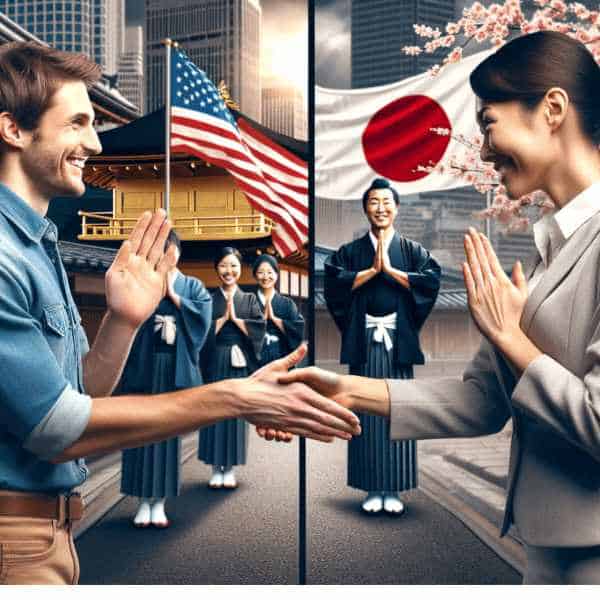
If you are reaching out to a prospect for the first time, we recommend understanding their own culture. If you are not sure, opt for a “too formal” rather than a “not formal enough” approach.
3. Where is the communication at?
A third factor to consider is the stage of your communication.
Are you initiating contact with a cold email or sending a follow-up after a phone call? Or are you merely replying to a previous email?
The context of these scenarios can sometimes remove the need for an email greeting.
For instance, when sending a cold email or following up after a business call, opting for formal email greetings is usually best.
However, when responding to an ongoing email thread, you might skip the greeting and jump directly into the subject matter. And this smoothly transitions us to our last key point.
4. Other factors to consider
Other aspects play a role in determining the right way to start an email.
Take the time of day, for example.
These types of email greetings include:
- Good Morning
- Good Afternoon
This can be tricky. Just because it’s the morning where you are doesn’t mean it’s the same for your recipient. Moreover, they might not open your email until the next morning. So, we recommend using time-specific greetings only when you’re certain about when they’ll read the email.
Another important consideration is the recipient’s gender pronoun preference.
The use of gender pronouns has stirred quite a debate in the last few years.
A study by Pew Research shows a divided opinion on people’s level of comfort with gender-neutral pronouns:

Interestingly, there are now 78 gender pronouns, though most use He/Him, She/Her, or They/Them.
If you are unsure, check out the person’s LinkedIn profile. Alternatively, you can try to find previous emails you might have received from that person. If pronouns are important to that person, chances are they will be mentioned in their signature and/or LinkedIn bio.
Best Email Greetings for Every Situation
The purpose of your email will often direct the type of email greetings you will use. Clearly, a formal email will need a different type of email greeting than an informal one.
Best informal email greetings
For informal emails, that is, emails that you send to friends, family members, or colleagues, for example, the following email greetings will be appropriate:
- Hi [Name], …
- Hello [Name], …
- Dear [Name], …
- Greetings [Name], …
- Hi there [Name], …
These email greetings also work if you do not know the name of the recipient. For example:
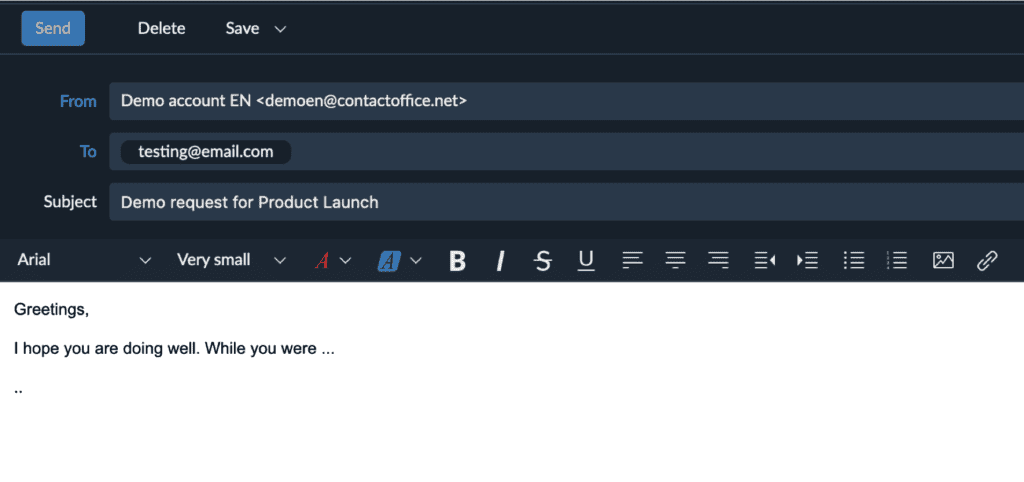
Note that some of these email greetings, such as “Hi there”, are very informal. So make sure the context is right before using them!
Best formal email greetings
When the situation calls for you to be more formal, here are some greetings go for:
- Dear Mr/Mrs [Last Name], …
- To [First and Last Name], …
Of course, that’s not to say you can’t use email greetings like “Hi” or “Hello”, but in general these are better used in more informal situations.
Likewise, avoid the following greetings:
- To whom it may concern, …
- Dear Sir or Madam, …
- Dear Customer, …
These greetings are often perceived as too impersonal. If you do not know the name of the person but want to remain formal, simply start your email with “Dear, …”
Best greetings for follow-up emails
If you’re writing a follow-up email, you can skip the Hi/Hello/Dear part and get straight to the subject.
Here are some excellent ways to start a follow-up email:
- Following up on our last conversation…
- It was a pleasure to meet you [insert place or day you met] …
- I’m getting back to you about …
- As promised, here’s …
- I’m checking in on …
- As we discussed [on the phone, in our meeting], …
Best greetings for email replies
If you’re the one replying to a message, you can use these greetings:
- Thank you for getting back to me
- Thank you for the reply
- Thank you for the quick response
- I appreciate your getting back to me
- It’s great/good to hear from you
- A pleasure to hear from you about this
- Great to hear from you [First Name]

“Thanks” is generally perceived as friendlier than “Thank You”. So make sure you only use it in a more informal context.
Best Email Greetings for group emails
When emailing a group of people, you generally want to avoid informal email greetings and go more for professional ones.
For instance, here are some group email greetings you can start with:
- Greetings everyone
- Hi all
- Hello everyone
- Hi team
- Hello [First Name 1, First Name 2, First Name 3…]
One thing to avoid when sending group emails is to start with something like “Hey guys/boys,” unless you’re sure that it’s a male audience only.
Best Greetings for the time of day
As we discussed earlier, use these greetings based on the time of day carefully and only if you are confident that someone will read them at that time.
Such greetings can also be good to have a more friendly tone in your emails while staying professional.
So here are some greetings based on the time of day (you probably know them from everyday life):
- Good morning
- Good afternoon
- Good evening
Worst Email Greetings
Before we give you the best email greetings for almost every situation, it’s good to know some greetings that won’t get you anywhere and that you should avoid.
According to Perkbox, these are the greetings that recipients care for the least:
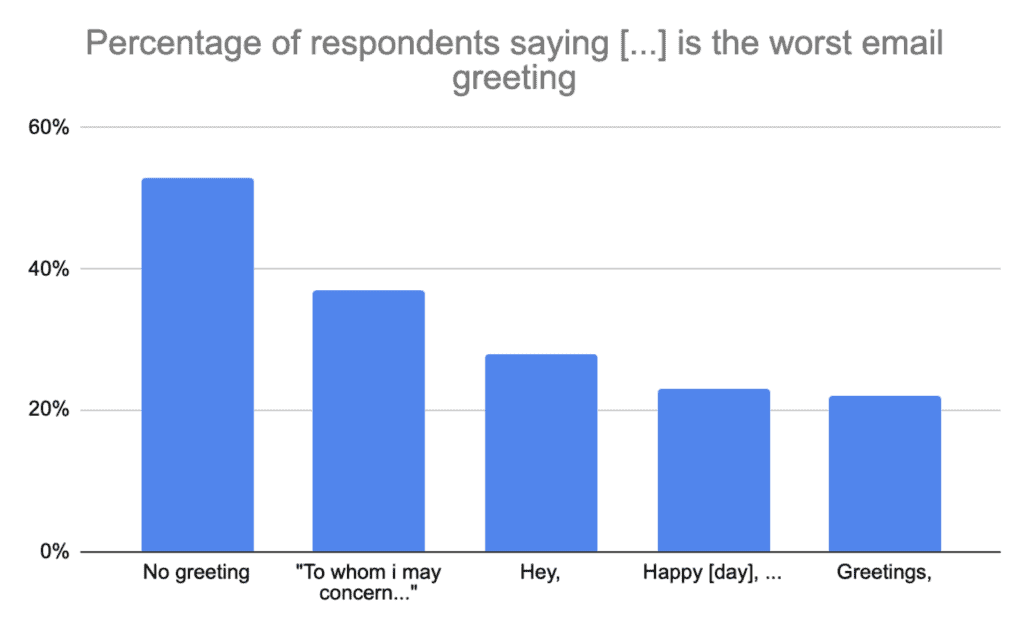
Now, should you always steer clear of such greetings? This largely depends on the situation.
As we already saw, you can skip the greeting altogether if you reply to an email or write a follow-up email.
Having an email conversation should be as smooth as having a real conversation. Hence, our advice would be to not worry too much about these rules but to try to keep your conversation as natural as possible.
Another example where such complex rules don’t always apply is “Hey.” In general, it’s better to use “Hi” or “Hello”. However, “Hey” is perfectly acceptable if you’re emailing someone you have a good rapport with (i.e., a coworker).
Last but not least, make sure to include the person’s first name in the greeting. That’s how they’ll know you took the time to research that. No one wants to be called by his job title. So it’s best to avoid greetings such as Dear Hiring Manager, Dear Assistant, etc.
What About Opening Sentences?
So far we’ve covered the best emails greetings for both formal and informal situations.
However, what are some of the best opening sentences to follow up with?
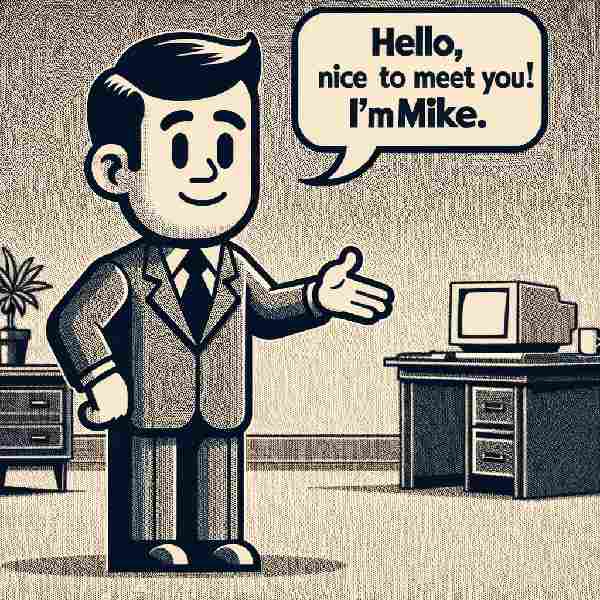
Here are 10 examples you can try out:
- I hope this email finds you well.
- I trust you are having a productive week.
- I wanted to follow up on our recent conversation.
- I am writing to discuss [specific topic].
- I appreciate your prompt response to my previous email.
- Thank you for considering my request.
- I wanted to share some important updates with you.
- It’s a pleasure to connect with you via email.
- I hope you had a successful [event/meeting] yesterday.
- I am excited to announce [news/development].
Conclusion
According to a Mailchimp study, the average email open rate is about 20%. This is why it’s crucial to lead with a great email greeting and opening sentence.
However, an email greeting isn’t enough to make sure your entire email will be read. To learn more about proper professional email etiquette, check out our blog posts here.
Finally, if you want to make a strong impression with your email, stop using a generic email domain, like “[at]gmail.com”, and instead use a premium email domain. This will increase the trust, consistency, and simplicity of your emails.
You can get a premium email domain by signing up for Mailfence.

